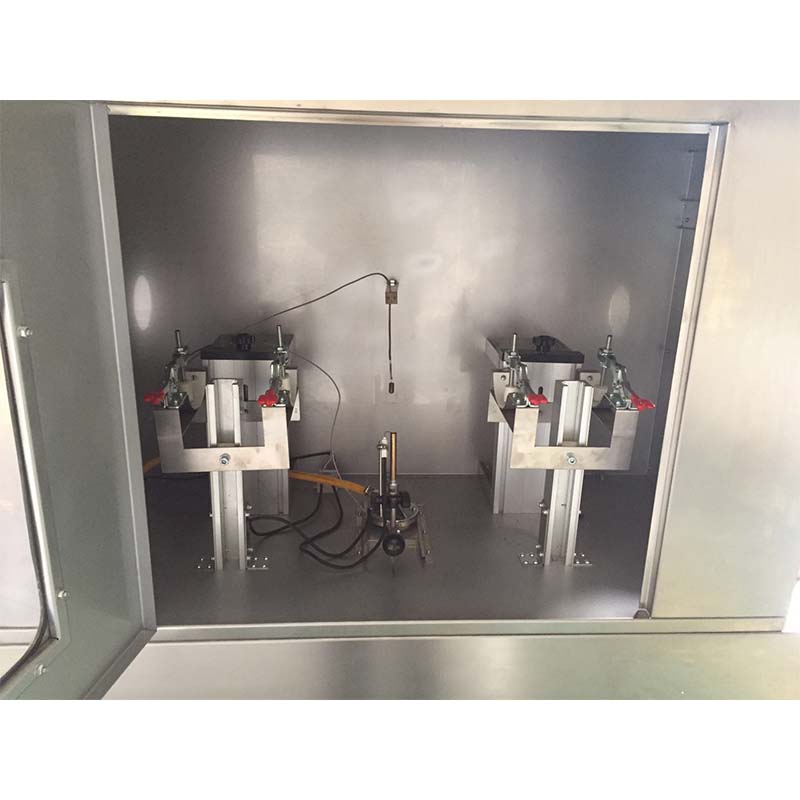Exploring the Potential of Profile Projectors in Precision Measurement Techniques
Understanding Profile Projectors An Essential Tool in Precision Measurement
In the realm of precision measurement and quality control, profile projectors play a pivotal role. These optical devices are designed to measure and analyze the profiles of various components with a high degree of accuracy. They are widely utilized in engineering, manufacturing, and inspection processes, ensuring that products meet stringent quality specifications. This article delves into the functioning, benefits, and applications of profile projectors, highlighting their significance in modern industrial settings.
What is a Profile Projector?
A profile projector, often referred to as an optical comparator, uses a bright light source and a magnifying lens to project the silhouette of an object onto a screen. By producing a magnified image, it allows technicians to compare the dimensions and profiles of the part against predefined specifications. The basic components of a profile projector include a light source, projection lens, a screen, and a measuring system, usually equipped with a non-linear scale for precise dimensioning.
How Does a Profile Projector Work?
The operation of a profile projector is relatively straightforward. First, the component to be measured is placed on the horizontal surface of the machine. A light source illuminates the object, casting its shadow onto a frosted glass screen. The image can be magnified through various lenses, allowing for detailed inspection of both the dimensional attributes and the geometrical features of the part.
Once the image is projected, operators can utilize precision measuring tools, often integrated into the projector, such as micrometers or digital readouts, to obtain accurate measurements. Some advanced models also feature digital image processing technologies that can enhance the image, providing even greater clarity and precision.
Advantages of Using Profile Projectors
profile projectors

One of the primary advantages of profile projectors is their ability to provide a non-contact measurement solution. This characteristic is crucial, especially when dealing with delicate or finely-tuned components that could be damaged by conventional measurement tools. Additionally, profile projectors can measure complex geometries and profiles quickly, significantly reducing inspection time while maintaining high accuracy.
Another benefit is their versatility; profile projectors can measure a wide range of materials, from metals to plastics, accommodating various industrial applications. Furthermore, the scalability of magnification allows for both macro and micro-scale measurements, making them suitable for everything from large mechanical components to intricate parts in the electronics industry.
Applications in Various Industries
Profile projectors find extensive applications across multiple sectors, including automotive, aerospace, medical device manufacturing, and electronics. In the automotive industry, for example, they are used to inspect engine components for dimensional accuracy. In aerospace, profile projectors help in verifying the precision of parts that must meet rigorous safety standards.
In medical device manufacturing, they are employed to ensure that components conform to specific regulatory standards, particularly where precision is critical for device functionality. The electronics industry benefits from profile projectors as well, where tiny components require meticulous measurements to ensure they fit perfectly within assemblies.
Conclusion
Profile projectors are invaluable assets in the field of precision measurement and quality assurance. Their ability to produce magnified images for detailed inspection, coupled with their non-contact measurement capabilities, makes them indispensable in various industries. As manufacturing processes continue to evolve, the importance of accurate measurement tools like profile projectors will only increase, ensuring that products meet the high standards expected in today’s competitive market. Investing in a profile projector not only enhances quality control processes but also contributes to the overall efficiency and productivity of manufacturing operations.
-
Why the Conductor Resistance Constant Temperature Measurement Machine Redefines Precision
NewsJun.20,2025
-
Reliable Testing Starts Here: Why the High Insulation Resistance Measuring Instrument Is a Must-Have
NewsJun.20,2025
-
Flexible Cable Flexing Test Equipment: The Precision Standard for Cable Durability and Performance Testing
NewsJun.20,2025
-
Digital Measurement Projector: Precision Visualization for Modern Manufacturing
NewsJun.20,2025
-
Computer Control Electronic Tensile Tester: Precision and Power for the Modern Metal Industry
NewsJun.20,2025
-
Cable Spark Tester: Your Ultimate Insulation Assurance for Wire and Cable Testing
NewsJun.20,2025
 Copyright © 2025 Hebei Fangyuan Instrument & Equipment Co.,Ltd. All Rights Reserved. Sitemap | Privacy Policy
Copyright © 2025 Hebei Fangyuan Instrument & Equipment Co.,Ltd. All Rights Reserved. Sitemap | Privacy Policy
